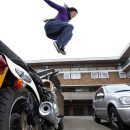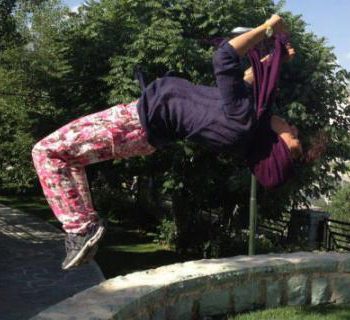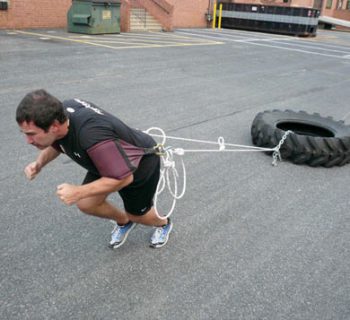Running coach Jenny Hadfield has published an article outlining 3 simple ways to help yourself achieve optimal running form. We thought they were well worth sharing with you guys, and of course the full article is located via the link bellow.
1* Perform a Head-to-Toe Inventory one or two times per run. Like learning how to hold the club and making contact with the ball, tuning into what your body is doing by performing an inventory, head to toe, will allow you to learn how your body is moving forward and bring awareness to your running style. Perform this inventory a few times during your run and let this simmer for several weeks.
* Your head should be over your shoulders, eyes looking forward.
* Neck and shoulders should be relaxed—tightness here is a huge energy suck.
* Arms bent (don't worry about the exact degree just yet) and swinging like a pendulum from your shoulder. Still confused? Stand with your feet hip width apart and arms long and start swinging them. You'll notice they follow a natural arc from your hip to your center line. Now bend your arms and keep swinging with relaxed shoulders—this is it!
Relax your hands—you're not getting ready for a fight! If it helps, think of something delicate in your palm (bird, chip...)
* Hips should be under the shoulders. Think of natural alignment from head to toes. Watch other runners for this one and you'll see what I mean. If they are bent or slouched forward, they are out of alignment.
* Your feet should land with short, quick strides under your hips.2* Next—Focus on your feet. Once you learn how to run in alignment and with less tension with the head-to-toe inventory, the next step is to dial in your cadence, or the number of strides per minute. During the heart of your run, count the number of strides (or steps) your right foot takes in one minute. According to Coach Jack Daniels, the general rule of thumb for efficient running is 90 strides per minute for one foot, or 180 for both, but there is variance based on leg length. The key is in knowing what your cadence is, and if you're in the 70s to low-80s, you're likely trying to cover too much ground with each step—a common newbie mistake. If this is the case, practice running with shorter, quicker steps. One fun way is to run to a fast-paced song (e.g. "The Boys of Summer" by Don Henley at 177 beats per minute [bpm], "Dancing with Myself" by Billy Idol at 177 bpm) or a zen-like 175-180 bpm mix from PodRunner.com. You can also learn via gadgets like PEAR Sports, Garmin, and others that offer cadence sensors that mount to your shoe. Like proper alignment, dialing in your cadence will have a profound effect on your energy management and efficiency down the road, but it will take time to learn.
3* Warm Up and Build Your Running Game Slowly. This may not seem like a form tip, but it certainly is, especially if you sit during the day and head out for your run post-work with your hips and hamstrings so tight you could play a tune on them. Invest at least three to five minutes in walking briskly and with purpose. Sprinkle in backwards walking to open your hips (be careful) and foam rolling if you are particularly tight in areas (hips, ITB, calves). A warmup is the gateway to better form, as it prepares your body to run optimally—like a practice swing before the go-to shot. [Read more on how to warm up for various races here.] Avoid going for 18 holes if you still need to learn how to run or you're fresh into the running scene. Like all sports, investing the time in building the mechanics, fitness, and stamina will allow you to run stronger more quickly than jumping ahead. In many cases, form issues stem from a lack of foundation of miles and mechanics and can be easily resolved by a solid training plan and following steps one and two above.







